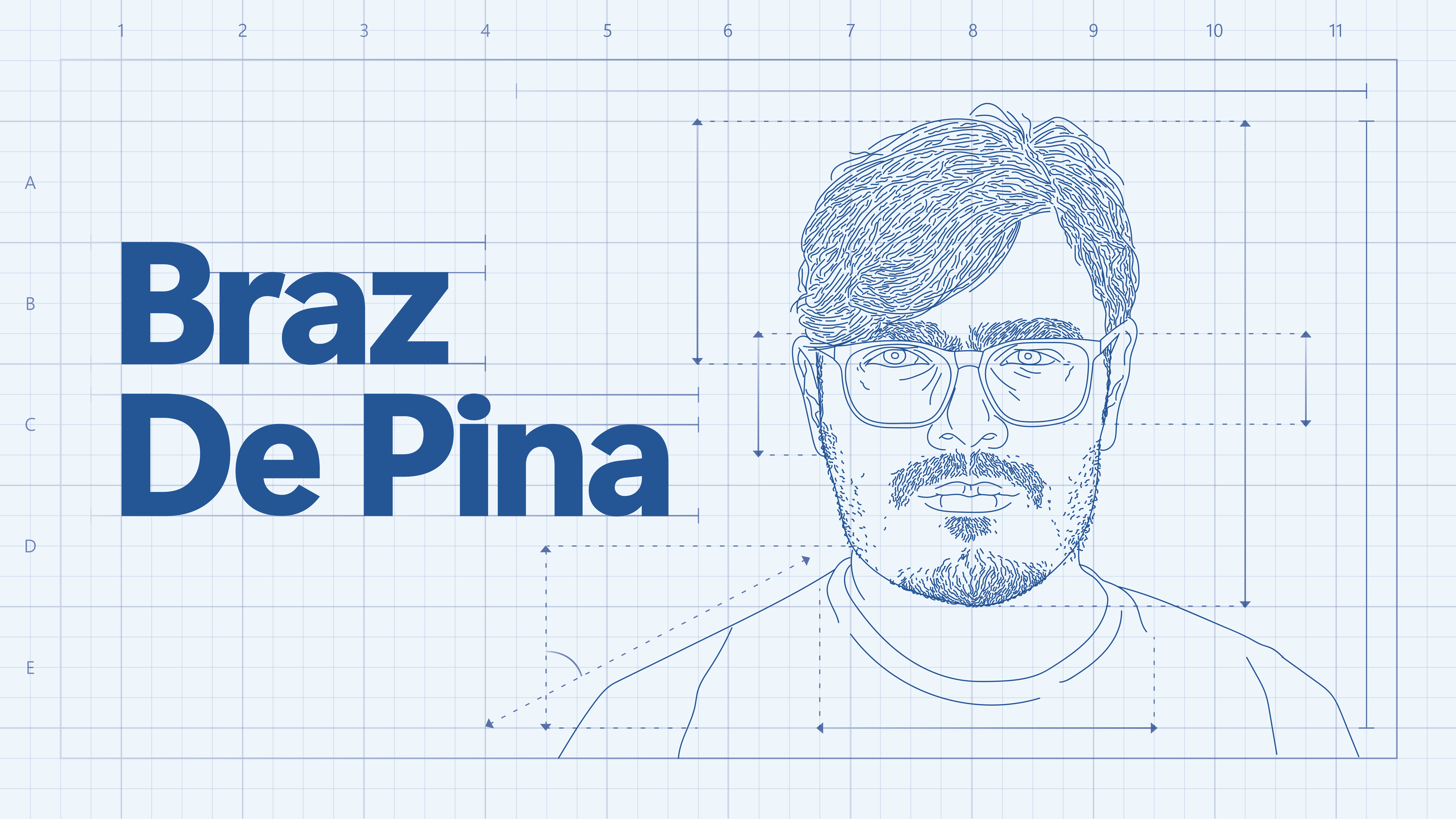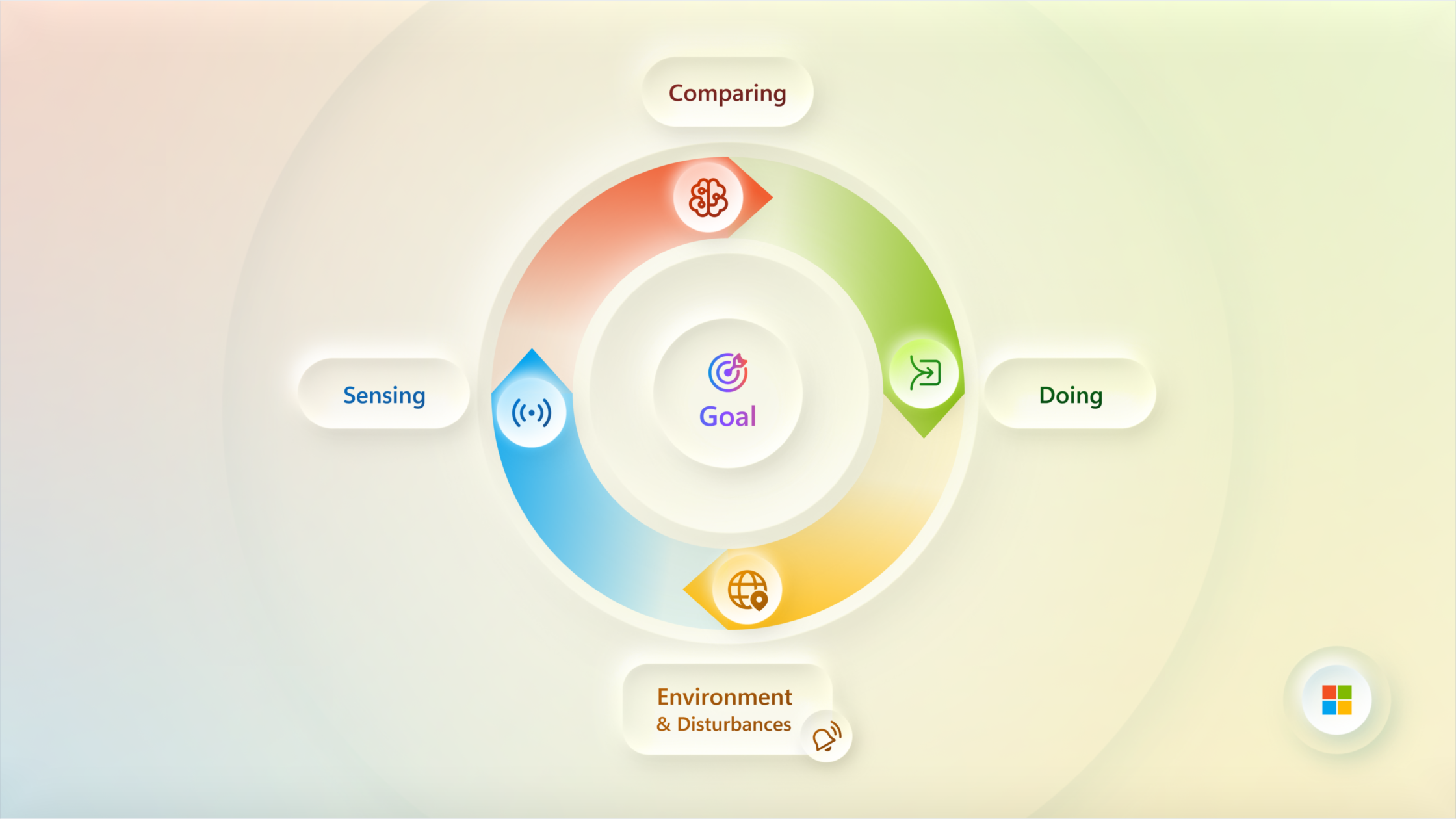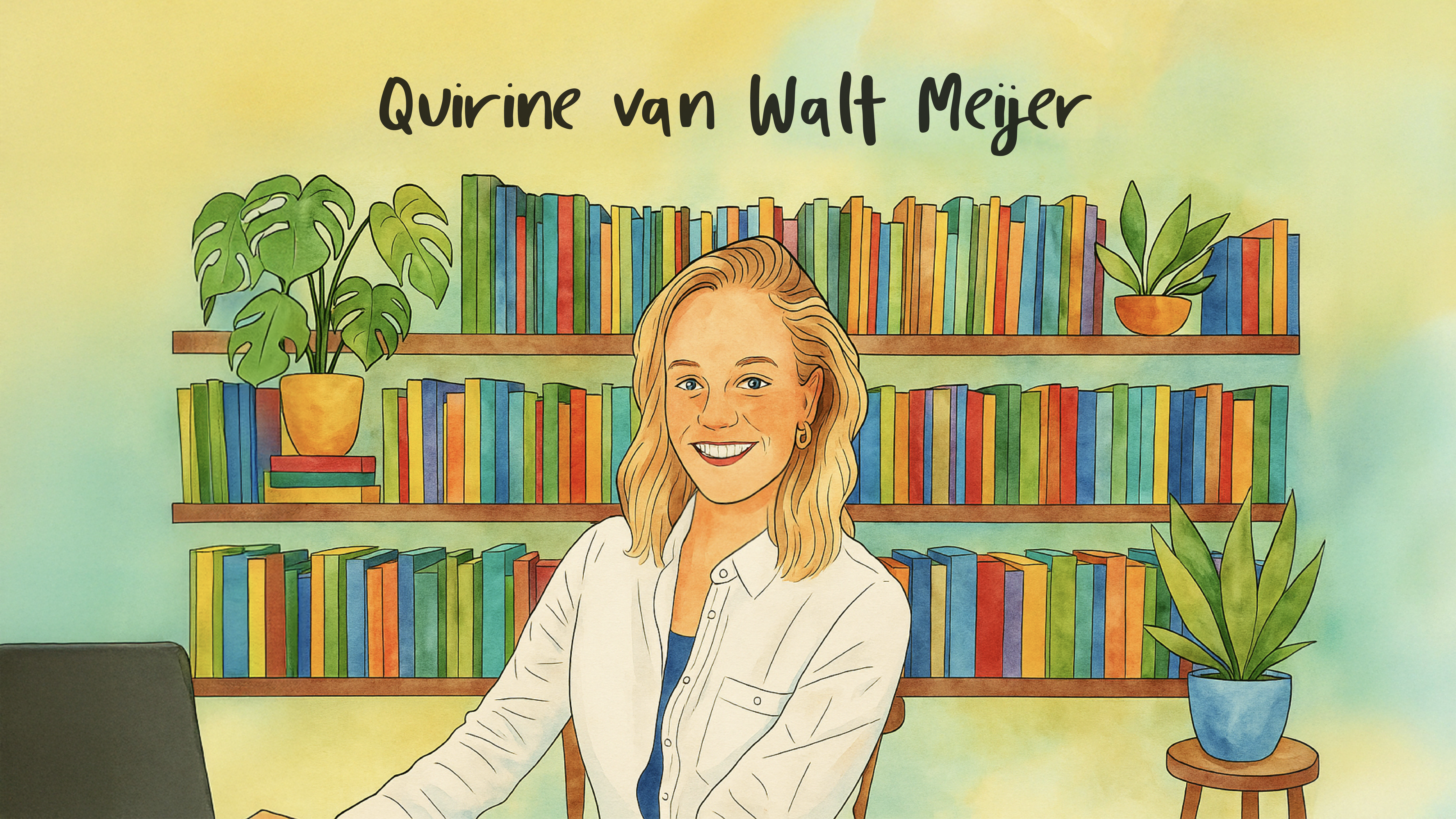Breaking the mold: Braz de Pina on the evolution of creativity and design in this AI era
Meet Braz De Pina, a Principal Product Designer for Microsoft’s Experience Collective Horizontal Design Studio

Braz De Pina is a multidisciplinary designer and creative leader with over 15 years of experience shaping brands, products, and systems across the globe. Throughout his career, he has moved seamlessly between branding, UI/UX, and product innovation. Today, he leads visual, UI, and UX initiatives for the Microsoft 365 Copilot app, helping define the intersection of AI and human-centered design. Braz believes that great design drives trust, engagement, and transformation. His personal mantra – always curious, always building, always evolving.
How do you see the relationship between human intuition and machine intelligence evolving in the creative process?
“Nothing is lost, nothing is created – everything is transformed.” That quote by Lavoisier captures what I feel about this moment in design.
AI doesn’t replace intuition. It amplifies it. Machines offer speed, memory, and pattern recognition. Humans bring emotion, contradiction, and that strange spark we call creativity. Together, they form a symbiotic relationship.
I see the future of design as a collaboration: logic and feeling, intelligence and instinct, working side by side to shape something new. Just like using a camera. It’s not only about the technology in the camera that produces a beautiful picture, but more importantly, the eye of the person who is taking the picture.
In your view, what makes an AI tool truly “designer-friendly”?
Beautiful simplicity.
While I admire expressive trends like Google’s Material 3 expressive, Apple’s Liquid Glass, or Airbnb’s new 3D icons, I lean toward a more utilitarian mindset. I want to get my work done fast, clearly, and with minimal friction.
A designer-friendly AI tool should feel like a blank canvas: open, responsive, and invisible. Not invisible in a visual sense, but in how it gets out of the way. It should support you without slowing you down. The best tools disappear when you’re in flow and that’s the kind of AI tool I want. Just like the mouse cursor. You don’t really pay attention to it, but it helps you execute the tasks you want to execute effectively.
What excites you most about the ways AI is influencing the practice of design right now?
AI is removing friction from the creative process, and that changes everything. I can lean heavily on my strengths and have AI support me with the areas that I need the most help with, or that I find monotonous and tedious.
Design has always been about solving problems, and creativity is the fuel that powers it.
But creativity gets blocked by repetitive tasks, skill gaps, communication hurdles, organizational layers, etc. What excites me most about AI is how it clears those obstacles.
It’s as if AI is unclogging the flow, letting creativity move more freely and naturally. It’s not replacing the designer. Rather, it’s creating space for the designer to do what we do best: imagine, build, and bring ideas to life.
Do you believe AI has the potential to push design in more original directions, or is there a danger of it reinforcing sameness?
Design has always flirted with sameness. Even during the modernist era, long before the internet, everyone was using Helvetica, rigid grids, and the same minimal palette. The internet accelerated this with global platforms like Behance and Dribbble shaping a shared visual language. Although we like to see ourselves as creative beings, we often repeat patterns and collective ideas. AI can amplify that tendency, but when used well, it can also help us break free from those repetitions
The opportunity here is for designers to push beyond templates and truly master these tools so that AI can be a launchpad for originality. It gives us speed but also reach. Those who go deep with it will be the ones who redefine what design can look like.
How do you stay grounded in your design values when working at such a fast pace in this constantly evolving AI world?
Humans don’t change as fast as technology. Human evolution is continuous but slow, which is why many designs still leverage patterns we’ve carried for generations. The way we interact with smartphones, for instance, builds on familiar behaviors from older technologies—like how our parents used radios or sound systems. When you design with a focus on human behavior and the human condition, regardless of how quickly technology advances, the chances of success increase dramatically.
This human-centered approach is something I carry personally too. I grew up in Brazil, emotional, expressive, and full of ideas. That spirit is still with me. But I’ve learned my best work happens when I’m faced with constraints. Design isn’t just about expression; it’s about intention. Even the most beautiful brushstroke must live within the edges of a canvas to produce art. For me, data, psychology, and behavioral science act as those edges. They don’t limit creativity. They shape it. That’s how I stay grounded. By remembering that design’s job isn’t to chase technology, but to serve people.
What skills or mindsets do you think designers will need to thrive over the next decade, especially in a world increasingly shaped by automation?
Designers will thrive if they are radically curious.
The real strength of a designer is seeing connections others miss. It’s the ability to move between disciplines, adapt to new tools, and talk across functions. That takes openness, flexibility, and empathy.
In a world shaped by automation, those who can combine systems thinking with emotional intelligence will lead. And once again, AI will be an ally. It helps bring ideas to life faster, bridges knowledge gaps, and lets generalists do what they do best: synthesize complexity into clarity.
Read more
To stay in the know with Microsoft Design, follow us on Twitter and Instagram, or join our Windows or Office Insider program. And if you are interested in working with us at Microsoft, head over to aka.ms/DesignCareers.

Outcomes over output: Designing shared cognition
How we are shaping systems that help people think better, not just type faster.

Designing loops, not paths
How cybernetic loops are helping us turn “human in the loop” from a catchphrase into a design practice

Vibe coding makes prototyping close to code, closer to users
Meet Quirine, a computational design manager exploring how AI reshapes the way her team builds and test ideas
